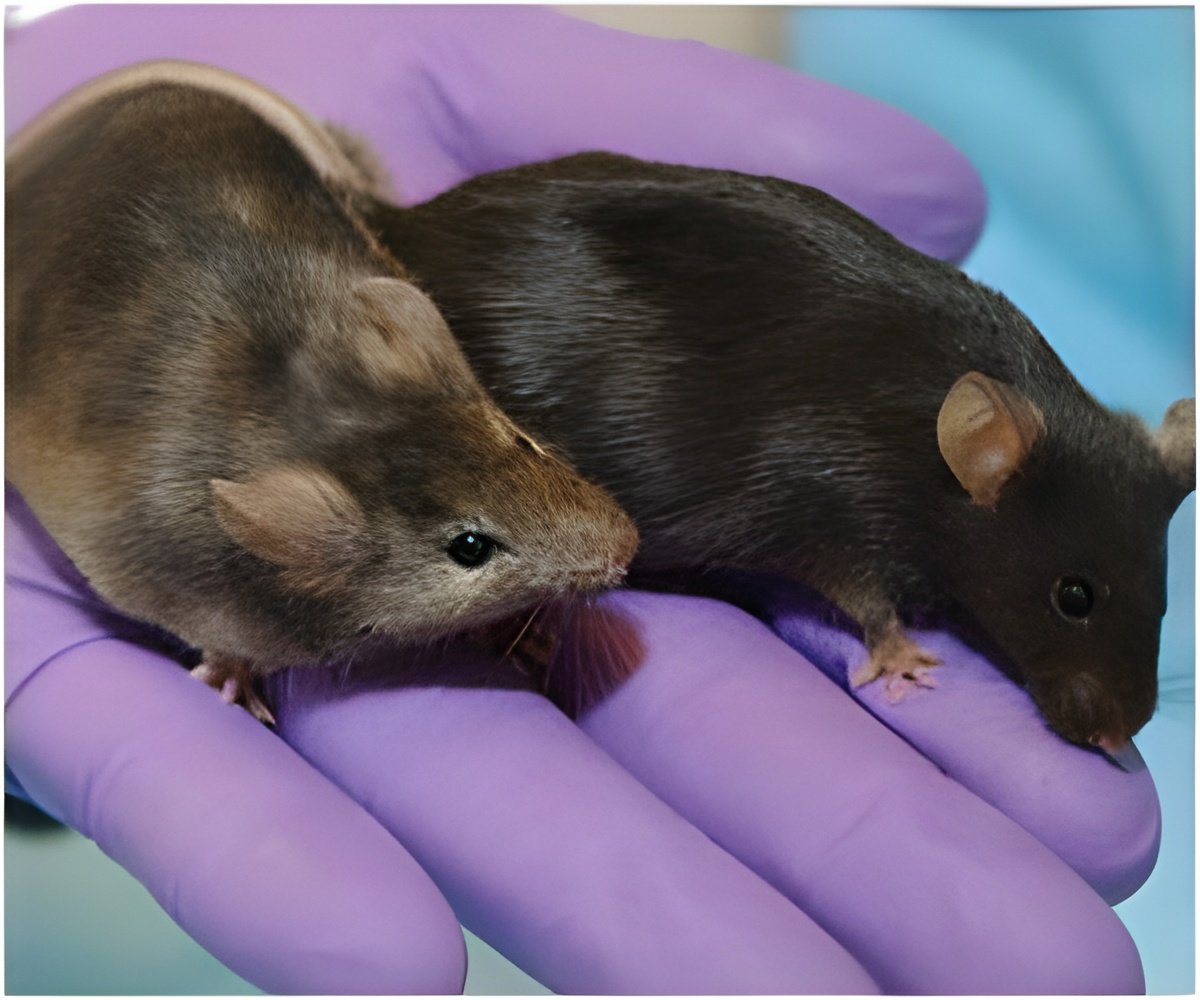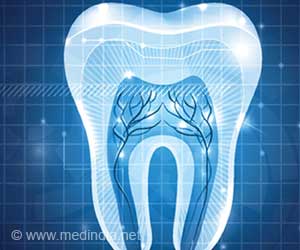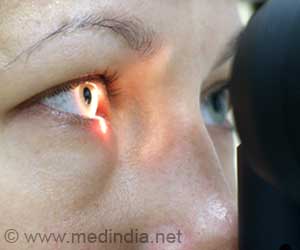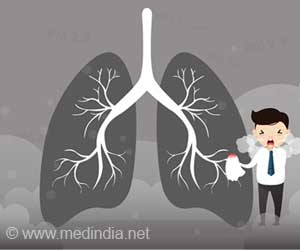Targeting specific brain pathways in psychedelics could unlock anxiety relief without the hallucinogenic effects of psychedelics.

- Psychedelics' anxiety-reducing and hallucinatory effects operate through separate brain pathways
- The study used mice models and fluorescent mapping to isolate anti-anxiety brain circuits
- Reactivating specific neurons without hallucinogenic effects might enable targeted mental health therapies
Isolation of psychedelic-responsive neurons underlying anxiolytic behavioral states
Go to source). The study demonstrates that separating psychedelics' positive effects from their hallucinatory effects requires more than just chemical component design. It all comes down to targeted brain circuitry.
Certain psychedelic compounds can activate neurons linked to anti-anxiety without causing hallucinations, as shown in recent mouse studies. This could pave the way for safer, non-hallucinogenic mental health treatments! #mentalhealth #psychedelicsresearch #medindia’
Separating the Positive and Negative Effects of Psychedelic Drugs
"In the past, we did this using chemistry by creating new compounds, but here we focused on identifying the circuits responsible for the effects, and it appears that they are distinct," said study co-author David E. Olson, director of the Institute for Psychedelics and Neurotherapeutics (IPN) and professor of chemistry, biochemistry, and molecular medicine at the University of California, Davis. "This is an important mechanistic study that validates our earlier results."Assessing Anti-anxiety Behaviors Due to Psychedelic Medicines in Mice
The researchers used two tests to assess anxiety in mouse models: the elevated plus maze and the marble burying test."It is well known that in mice, psychedelics induce reduced marble-burying and promote exploration of the open arms of the plus maze," stated Christina Kim, the study's corresponding author and an assistant professor of neurology, core member of the Center for Neuroscience, and IPN affiliate. "But there is also an intoxicating or hallucinogenic-like effect, which can be measured through head twitches in mice."
In the study, the scientists dosed mouse models with the hallucinogenic 2,5-dimethoxy-4-iodoamphetamine (DOI). They discovered that six hours after the dosage, the mice still showed less marble burying and more open arm time in the elevated plus maze. However, the head twitches associated with hallucinations had vanished.
"We thought that if we could identify which neurons activated by DOI were responsible for reducing anxiety, then we might be able to reactivate them at a later time to mimic those anti-anxiety-like effects," said Kim.
To identify the exact neuronal circuits linked with anti-anxiety effects, the team utilized scFLARE2, a molecular tagging method, to highlight neurons activated by DOI in the medial prefrontal cortex, a brain region known to be involved in lowering anxious behavior in mice.
The tagging enabled the researchers to isolate a psychedelic-responsive network that goes beyond 5-HT2AR-expressing neurons, the primary receptor pathway via which psychedelics promote neuroplasticity.
Using Light to Enhance Anti-Anxiety Effects
With a fluorescent map of the neurons engaged by DOI, the team utilized optogenetics, or light, to reawaken them."When we performed the scFLARE2 tagging and reactivation of these specific prefrontal cortex cells, we could still drive a reduction in anxiety-like behaviors, measured as decreased marble burying and increased open arm exploration in the elevated plus maze," Kim told the audience. "We could do this just by targeting the DOI-activated cells and then reactivating them the next day."
The researchers also used single nucleus RNA sequencing to genetically profile the various types of neurons in the DOI-activated network. Three of the nine neuron group types discovered showed high activity levels.
"While some of the cell types activated by DOI had a strong 5-HT2AR expression, there were others that did not," Kim observed. "What is likely happening is that we are getting direct activation of cells that express 5-HT2AR, and then they go on to activate additional downstream cells that can trigger behavioral changes."
"It is important to realize that the cells that we are tagging and reactivating extend beyond just those that express the receptor for the drug," the researcher said.
The finding illustrates how stimulating a single touchpoint in the brain spreads throughout the network.
"While DOI is a powerful psychedelic, it is not being studied as a potential therapeutic medication in the clinic. Thus, the studies here are focused on understanding the core circuit processes of this key family of medications," Kim explained.
One of the IPN's primary goals is to understand how psychedelics affect the brain.
"Understanding which neural circuits psychedelics activate to elicit their effects is the kind of basic science needed to ultimately develop targeted therapeutics with better safety profiles," according to Olson.
Reference:
- Isolation of psychedelic-responsive neurons underlying anxiolytic behavioral states - (https://pubmed.ncbi.nlm.nih.gov/39541450/)
Source-Medindia















